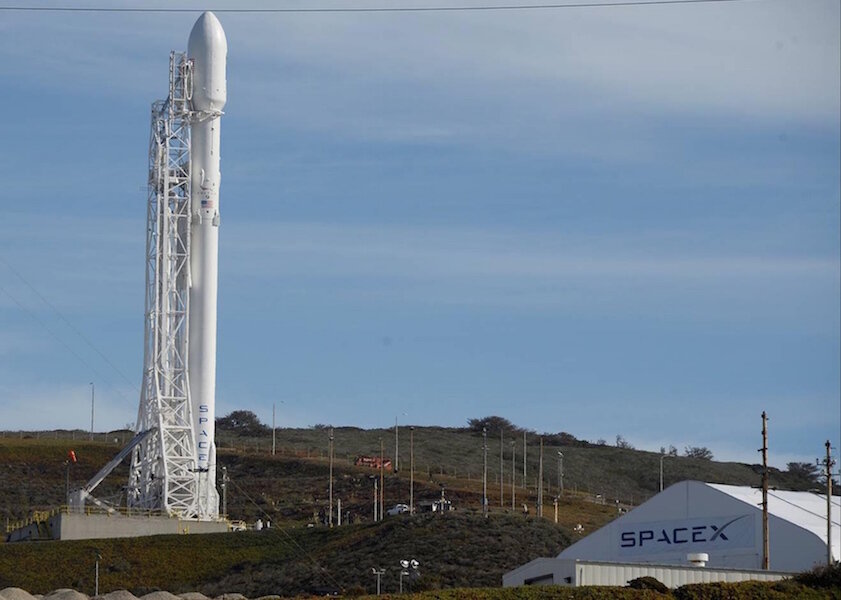How oxygen may have delayed latest SpaceX launch
Loading...
Anyone waiting to see the fourth ship landing attempt for a SpaceX rocket will have to wait for another launch.
On Thursday, SpaceX postponed the SES-9 mission launch for the second time in the past two days. The call to hold the launch came around two minutes before liftoff. The launch was also halted a day earlier on Wednesday.
So far, the SES-9 launch delay is only the latest in a string of setbacks for the mission tasked with putting a communications satellite into orbit. It was originally scheduled for 2015, but a rocket mid-air explosion in July caused SpaceX to put a hold on the mission. This time, the launch appears to be postponed due to concerns over the temperature of oxygen being added to the rocket.
The most recent delays may be a cost of innovation.
SpaceX has introduced many new ideas to the rocket industry, including the highly-publicized plan to be able to reuse its rockets. However, the innovative ideas reach beyond being able to land rockets. The ideas also detail a range of specification for rocket design and, possibly the cause of the launch delay, what fuel goes into the rockets. SpaceX CEO Elon Musk explained in December at the American Geophysical Union:
One of the things we're doing for the first time, the first time I think anyone's done it, is deeply cryogenic propellant … We're sub-cooling the propellant, particularly the liquid oxygen, close to its freezing point, which increases the density quite significantly.
Reports from SpaceX suggest that the most recent delay was caused by an uncertainty about the temperature of the liquid oxygen.
"Right now, preliminary [indications are] that we were still evaluating the liquid oxygen propellant load, looking at how much time we had left in the count to finish loading the liquid oxygen. And at that time, the launch team decided we would need to halt the countdown," said SpaceX manager John Insprucker during the live launch webcast.
Wednesday’s launch time was also delayed to Thursday to allow more time for the oxygen to cool. The increased density of super-cooled oxygen adds to its efficiency and improves the overall performance of the rocket, according to Reuters.
What is unclear is how the satellite communication provider SES will respond to the newest delay in the mission. The SES-9 will be the “largest satellite dedicated to serving the Asia-Pacific region,” according to the SpaceX mission overview. The satellite is crucial in order to provide expanded access to SD and HD television channels to the areas of India, Indonesia, and the Philippines and to expand internet access to remote areas for electronic banking or government services.
The SES-9 satellite is also vital for SES’s business model, with the company’s 2016 revenue forecast relying heavily on the satellite being in orbit soon, according to SpaceNews. The company has suffered losses on the European stock market over the last few months.
SpaceX was willing to increase the distance the Falcon 9 launching the SES-9 will travel into orbit in order to make up for time lost from delays, The Christian Science Monitor previously reported. The higher orbit would make a planned ship-landing attempt for the rocket more difficult.
“Given this mission’s unique GTO profile, a successful landing is not expected,” the SpaceX mission overview states.








